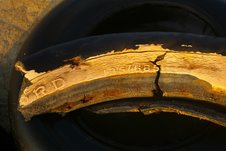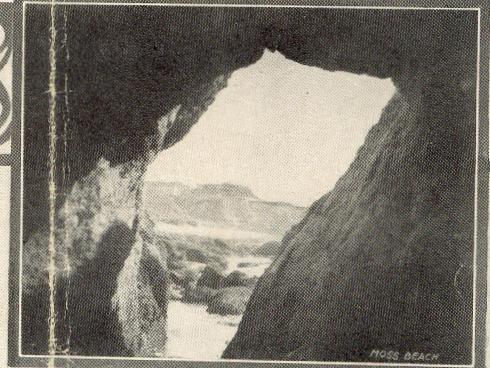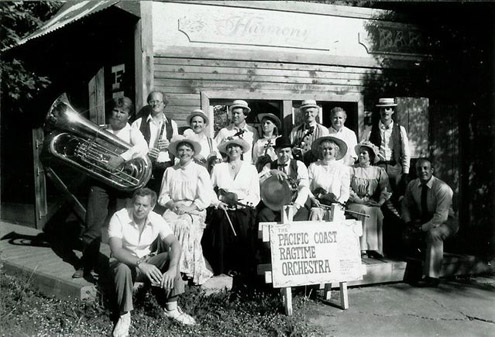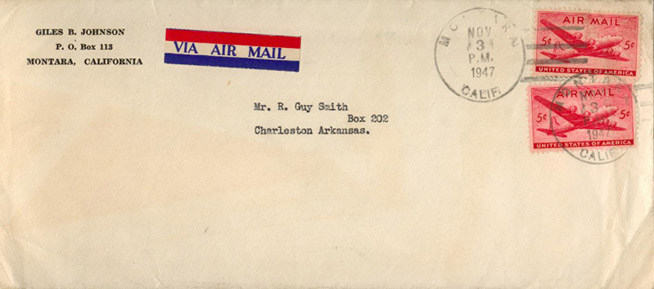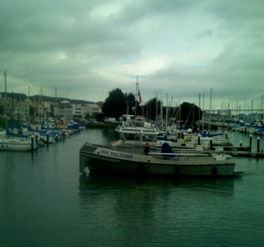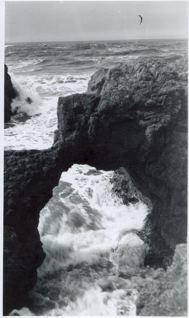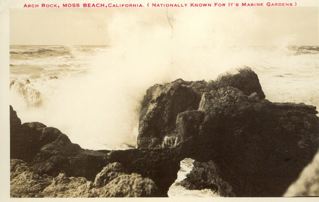There will be a number of stories that I post here, all related to Werner Caro, but probably not in the correct order.
Letter from Werner Caro to my father, Martin Marcus (who changed his name to Charles Martin in Shanghai). Translated from German into English by my dad.
October 29, 1946
Dear Martin:
When I went to see my brother, Kurt, I found out about your letter of October 5, 1946. I will try now to report all events that have taken place since your departure in 1938. Before, however, answering in detail, I want you to know how happy I am to have heard from you.
I realize without the capitulation of Japan in 1945, all buildings in Shanghai would have been destroyed by bombs. One has to be thankful to God, to have escaped a disaster of this kind. If you would have experienced what we had to go through right here, I cannot say, how this war affected the nerves of every human being.
Anyway, I am sharing your opinion you should try to emigrate to the USA or South America. You surely would be able to start the same kind of business you used to have here.
Incidentally, your two stores in the Friederich and Joachimsthalerstrasse are bombed and burned out. Possibly there may never be another building.
You indicated, the house you live in lacks any comfort at all. For myself, I just can say, I have not had any comfort at all during the year I spent in prison. Still, I am grateful to have it behind me and to be alive. During the next few days, I shall go and see your mother-in-law to find out if she needs anything I can help her with.
Walter and I worked from May 1940 through July 1941 in underground construction later on through February ’43 in a brassware factory. Inasmuch as deportation of Jews has been going on since October ’42, we decided on 2/4/43 to go underground. It was made possible only,after our beloved mother closed her eyes forever, a few weeks before. Beginning on this particular day, Walter and I parted each trying to find a different refuge.
We were able to meet on the streets once in a few days. My older brother Kurt and wife stayed on in our old apartment (she was Aryan.) If my dear brother Walter had been more careful, he would have never been arrested. Unfortunately, I have to emphasize, he was unconcerned, believing in good luck. Despite my repeated efforts persuading him not to spend the nights with his fiancee he would not listen to me.
To reconstruct the happenings, I can only assume a third person living in the same building denounced the couple to the Gestapo, initiating the course of the disaster. Both were arrested on September 7, 1943. He spent six and one-half months in solitary confinement in prison, while she was sent on to a concentration camp after being in jail for six weeks. You can imagine, how the arrest of my brother made it very uncomfortable and hot for me. The authorities knew that Walter and I disappeared at the same time and I can imagine how he was interrogated about my whereabouts time and again.
Thank goodness he never knew where I was staying , so with good conscience he was unable to furnish the information. April ’44 he was transferred to a temporary camp from which he attempted to escape. Thereupon he was chained and brought to Auschwitz, the ill-famed concentration camp.
What I experienced up to this time, I cannot describe in words. It just happened, a very good friend of mine, introduced me to a doctor, who was the chief physician at the Charite, with whom I stayed in contact with for about five months. Then, however, my bad luck started to take its course, because unbeknownst to me, the doctor was an informer working for the Geheime Stadtspolizei.
On May 11, 1944, we met for about fifteen minutes, had a cup of coffee at his place, leaving immediately with him and after about another minute on the street, after parting, I was stopped by an SA man who asked for my identification, arresting me right away.
First I was taken to a police precinct, where I was mistreated, pummeled all over, not knowing anymore whether I was a girl or a boy. They were anxious to get the names and addresses of the good people who gave me food and shelter between February 4, 1943 and May 11, 1944.
It would have been a crime, had I revealed anything. For me, it was very fortunate to have known all along that sooner or later, I may have the misfortune of getting arrested and that under no circumstances would I ever squeal, thereby endangering my true friends.
Even under torture, I did not give in, willing to pay with my life, I was firmly determined to stick to my resolve. Today, I can tell, it would not have helped me in the least, had I broken down and and top of it all, I would have been rearrested now again for that time.
Anyway after that fruitless attempts, I was transferred to the police headquarters and from to a camp for further distribution. They put me in a bunker where I stayed under extremely degrading circumstances for a period of ten weeks. Reason for my not having deported any further was, as the saying goes, luck in my misfortune.
At the time of my arrest, I had on me one thousand razor blades (note: this was an important item during wartime, all over the world, due to a sthortage of steel) which was not too bad, if the informer had not revealed with whom I had been working and where I obtained the goods.
For that reason, I was tied up in a wartime trial.[note: I don’t know what that means.]
The ten weeks in that bunker, with little food, terrible treatment, made a wreck out of me, so much so, that the leading physician in charge of the team of doctors, refused to take responsibility for my well being, if the leader of the camp continues to keep me in the bunker. [Note: I believe the reference to the bunker could actually be a dugout or “pillbox.”]
By the same token, I had a hunch they were afraid I might attempt to escape just like my brother. There I was kept harshfully in that kind of confinement. Yet, I would have never done it, for my older brother Kurt’s sake, who was allowed to stay with his aryan wife.
There was no doubt in my mind he would have been picked up by the Gestapo had I done something of the kind. Following the doctor’s complaint and refusal of further responsibility, I was brought up to the surface and could see daylight again. Also, I found then my place in the camp with the others. Eleven weeks had gone by when the first interrogation took place. It was my firm decision to stick by my resolve not to reveal anything, harming any other person. Consequently, I kept my mouth shut.
Then after another eight or ten weeks, I was interrogated again with the threat I am going to be confronted by witnesses. Then, in December, I had just returned from my work detail to have my lunch, two Gestapo men put me in a car. Displaying a gun, which was put on my breast, I was threatened to be killed if I don’t tell them the truth. I was brought to the headquarters of Herr Himmler (in charge of the Gestapo), put into an underground bunker, chained hand and foot to be left there on the ground for hours while being questioned. What then followed I can and will not tell you with the hope I may some day forget.
Late at night I was transferred back to the camp with the advice I should not be deported at this time, because I am still needed in that wartime trial.
In the meantime, the war had been in its last phases. Thanks for that, I can call myself lucky to be still alive. Exactly on April 20, 1945, with the help of a Gestapo man, I was able to regain my freedom escaping thereby the advancing Russians. I was running through the streets towards the west of the city, which was under steady enemy fire. Reaching Kaiser Allee 194, I found shelter in the cellar, where I met Lisa Beilke, a friend of Max Wegsmann. For 12 days, while the battle for the city raged, I was able to stay here surviving the bloody onslaught.
Any connection with the old home section was made impossible, because all the bridges had been demolished, also being on the street was most dangerous. After it settled down somewhat, I moved into the home of the mother of Walter’s fiancee. This girl had been through several concentration camps. In the month of June 1945 she showed up in Berlin but don’t ask me what she looked like and what condition she was in.
However, my dear brother Walter never returned anymore from Auschwitz. Just about three weeks ago, I met a former inmate of the camp I was in. He told me that Walter, along with about 20,000 other inmates, were killed while on the march at Gleiwitz, just about two weeks before the end of the war. The news moved me deeply because I had secretly hoped he would turn up one of these days.
——————————–

